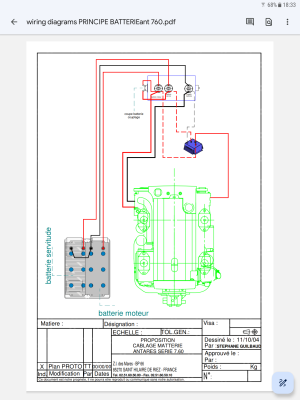spray
Member
Hi, I’m just about to launch my 760 . The handover information was minimal and I was told the black switch was to parallel all three batteries, it would seem to be the negative supply. To save me a lot of time, can someone please enlighten me on this main battery switch panel?

